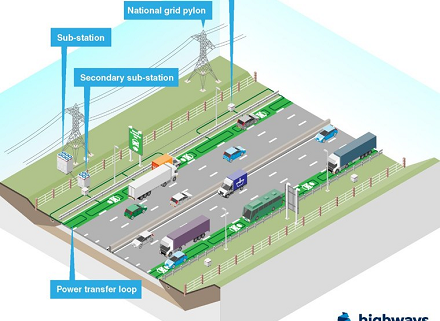Autonomous, Wireless-Charged Electrics in Google’s Trick Bag
Burney Simpson
Google is testing wireless charging systems for its electric-powered, driverless cars in California, according to several news outlets.
The systems use transmitters within a pad to send power to a receiver in the Google vehicle when it’s atop the pad. This recharges the vehicle, and reduces the need for heavy batteries that electric cars now use, according to IEEE Spectrum.
Google is working with providers Hevo Power and Momentum Dynamics on competing charging systems at two test areas – its Mountain View, Calif., headquarters, and Castle Commerce Center, a former Air Force base in Atwater.
Both Hevo and Momentum use resonant magnetic induction to transfer the power between the charger and the receiver in the vehicle, according to The Christian Science Monitor.
Hevo’s prototype charger, called Alpha, transmits 1.5 kilowatts of power from a circular device in the road. Momentum claims its wireless transmitters have power ratings up to 200 kWs.
The goal is to have the rechargers installed at intervals within the roadway itself so the vehicle is recharged as it is driven.
The street charging would eliminate the need to literally plug in to recharge an electric vehicle. That would make recharging virtually seamless for the blind, those with disabilities, and others that may find it difficult to fool around with plugs, cords and other equipment.
Google has said since it began its driverless project that it is trying to open up mobility for those who have found traditional transportation less than friendly.
Street charge theoretically also eliminates the ‘range anxiety’ that has scared off many potential electric car buyers.
Affordable hybrid-electrics like the Chevrolet Volt have a range of 53 miles when strictly electric powered but can travel more than 400 miles on a combined full tank of gas, fully charged motor.
Gizmag reported last August that Highways England would be testing in-road electric vehicle charging technology. Those tests were to be conducted at test tracks, and if successful, move to on-road trials.
Graphic by Highways England.

